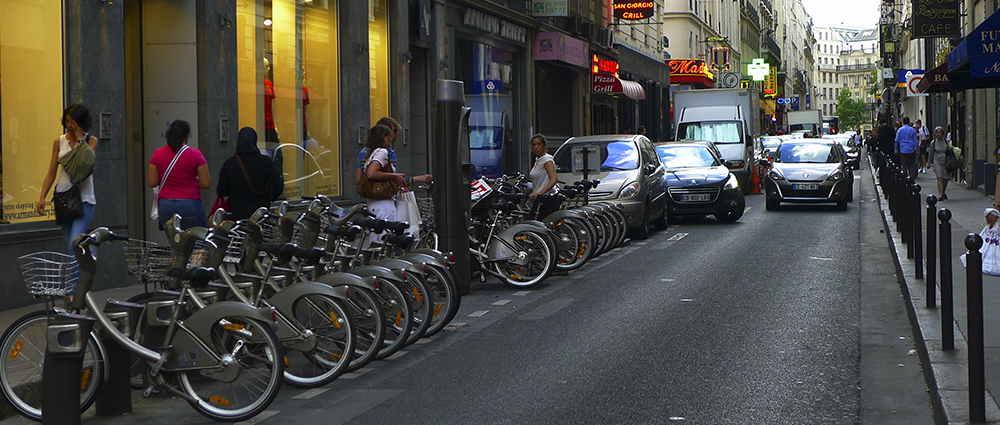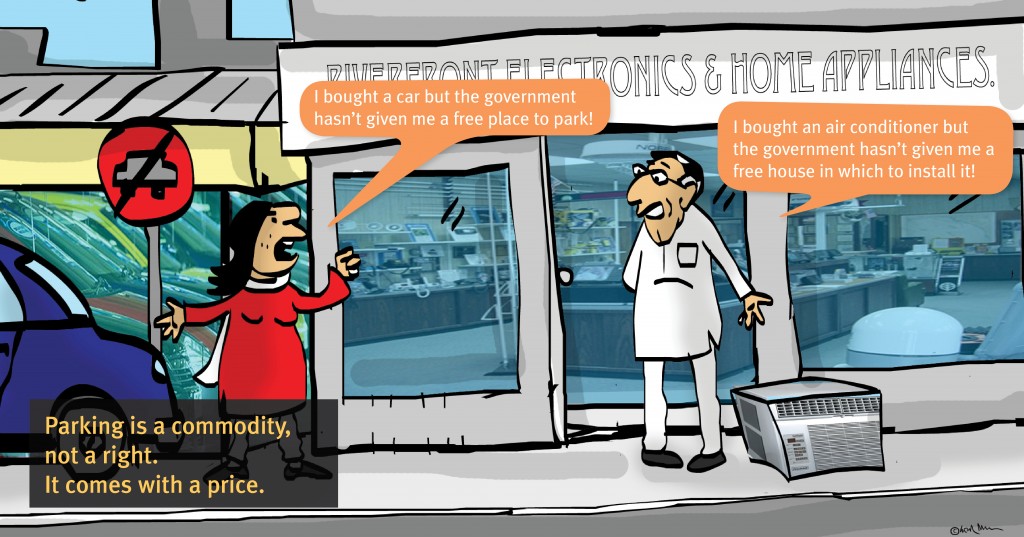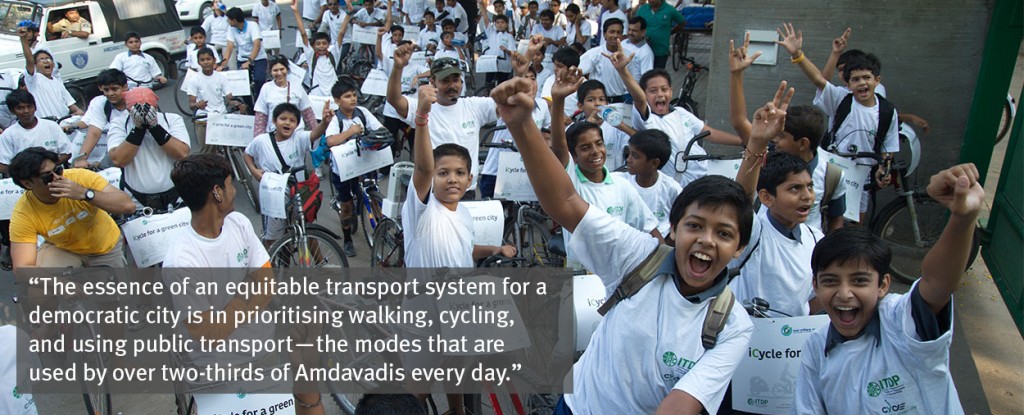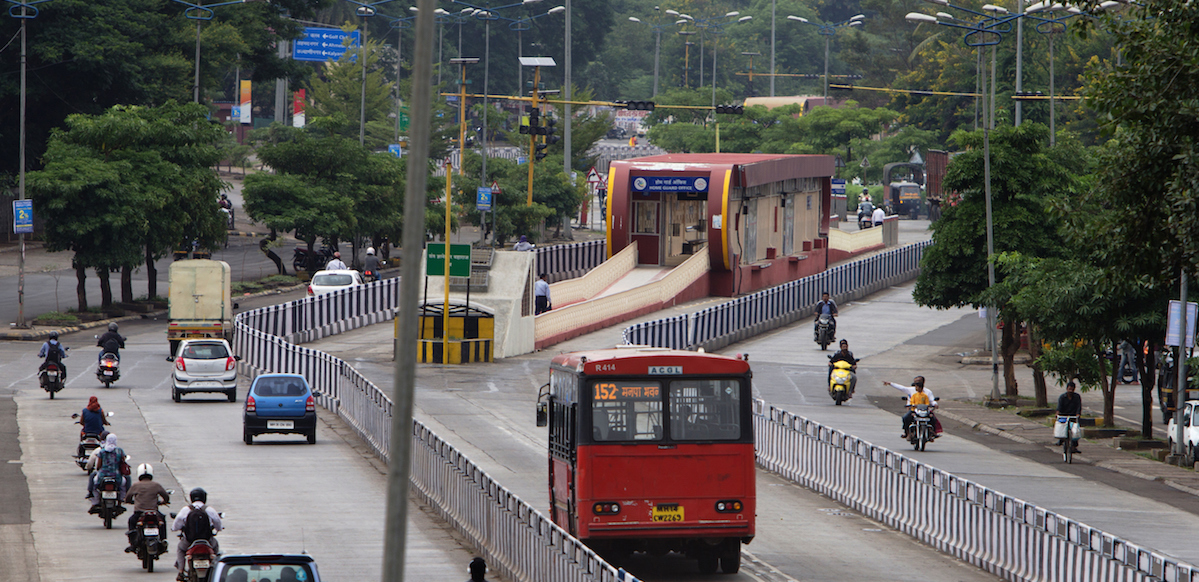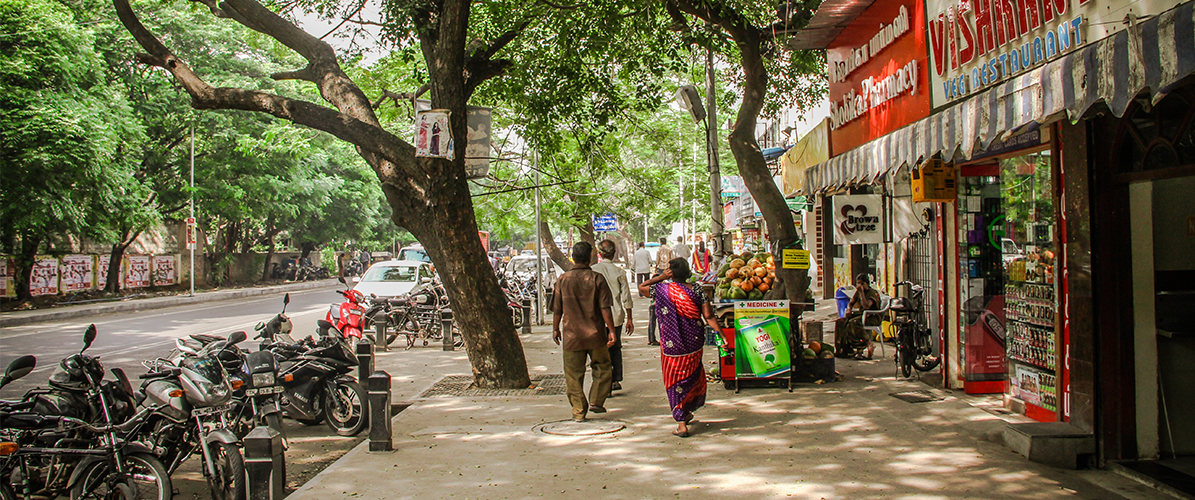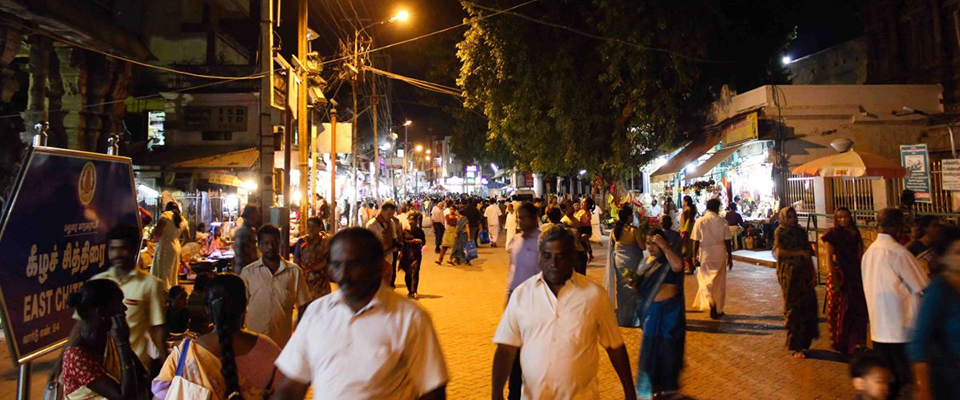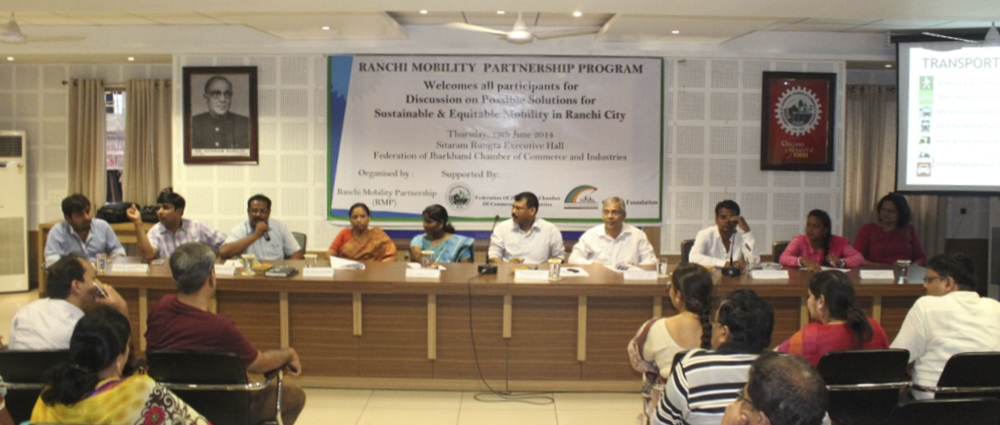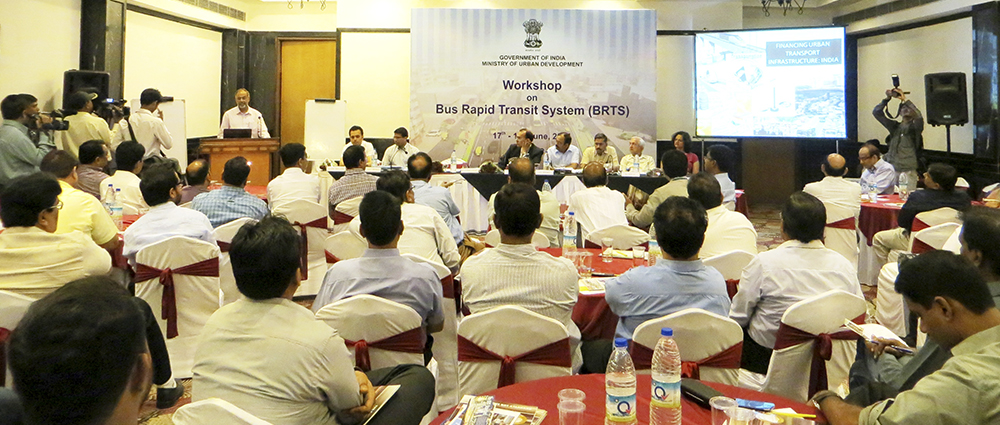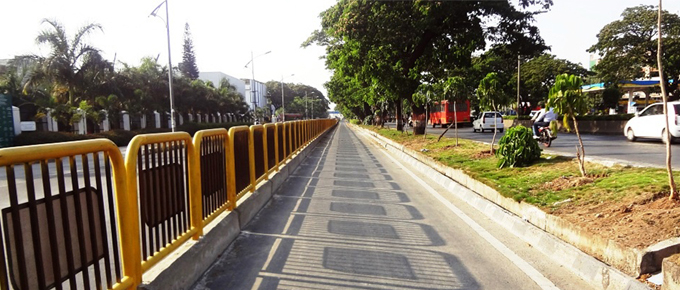Cities across the world are embracing progressive and bold solutions to tackle traffic congestion and parking challenges. They follow a simple mantra—build transit, add density, control parking. Recognising that cheap and excessive parking—not density—creates traffic congestion, they have started to limit parking supply, charge demand pegged user fee, and use the revenue to strengthen walking, cycling and public transport infrastructure.
Ahmedabad recently overhauled its Development Plan with inputs from the Institute for Transportation and Development Policy (ITDP) and other experts. The new plan encourages high density development—ranging from 4.0 to 5.4 FSI—along its extensive bus rapid transit network and proposed metro rail lines. More significantly, in its local area plan for the central business district, the development authority has proposed to not only remove parking requirements altogether, but also cap parking supply in buildings to a maximum of two levels below ground. Any additional supply is deducted from the allowed FSI.
Parking regulation remains ineffective unless backed by a robust management system that clearly define parking zones, peg user fee to demand, and use an IT based mechanism for information, payment and enforcement. Parking fees goes up or down based on demand data. According to Donald Shoup, world’s foremost parking expert, the user fee should be high enough to keep at least 15% of the parking supply in each block vacant during peak demand periods. The availability of a few empty spots at each location drastically reduces the time people spend looking for a parking space, thereby reducing localised congestion.

Amsterdam has 8 parking zones with fees varying from €0.90 per hour in the low demand areas to €5.00 per hour in the historical city centre.
Mumbai recently categorized different parts of the city into three groups—low, medium and high demand—with parking fees ranging from 20 to 60 rupees per hour. A similar parking regime in Amsterdam helped decrease car traffic in inner city by 20%. It also led to a 20% decline in people searching for a space to park. A simple electronic payment system allows users to make payment easily, while eliminating parking revenue leakage. Scan cars with automatic license plate number recognition technology and parking wardens with IT enabled devices enforce the system.
Cities are also innovatively using parking revenue to encourage sustainable modes of transport. Bicing—the public cycle-sharing program in Barcelona—is financed by its parking revenue. London’s Freedom Pass, which allows elderly (60+) and disabled residents to use public transport for free, is funded by the parking fees collected in many boroughs. You can find more about these cases and other best practices in ITDP’s publication, Europe’s Parking U-Turn: From Accommodation to Regulation.
Parking reforms not only reduce congestion and pollution, but also provide resources to improve walking, cycling, and public transport infrastructure. Moreover, demand-based pricing ensures that vacant spaces are available in high-demand parking zones for short-term high-value car users while preventing overuse by all-day, low-value users. Removing minimum parking requirements for zones with good transit access help slash development costs, creating an opportunity for cities to develop affordable housing and other uses with its urban cores.
More resources from ITDP on parking reform:
InFocus: Revolutionary Parking Reforms




